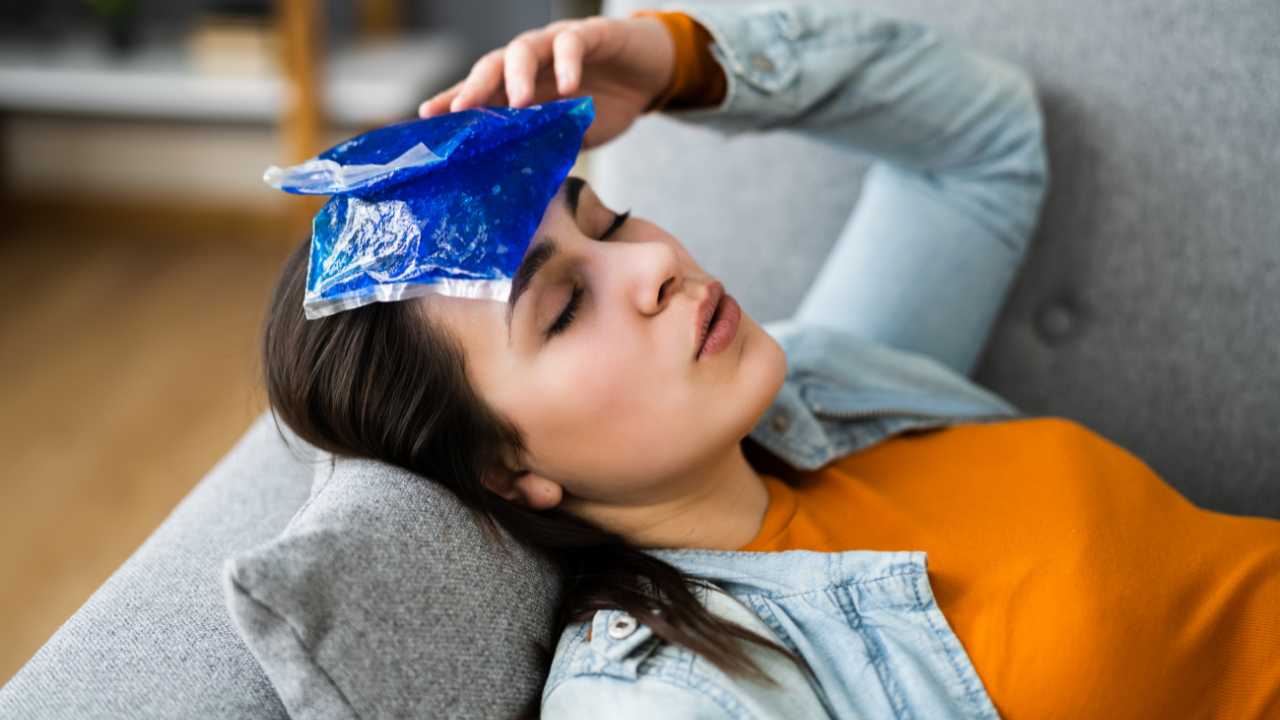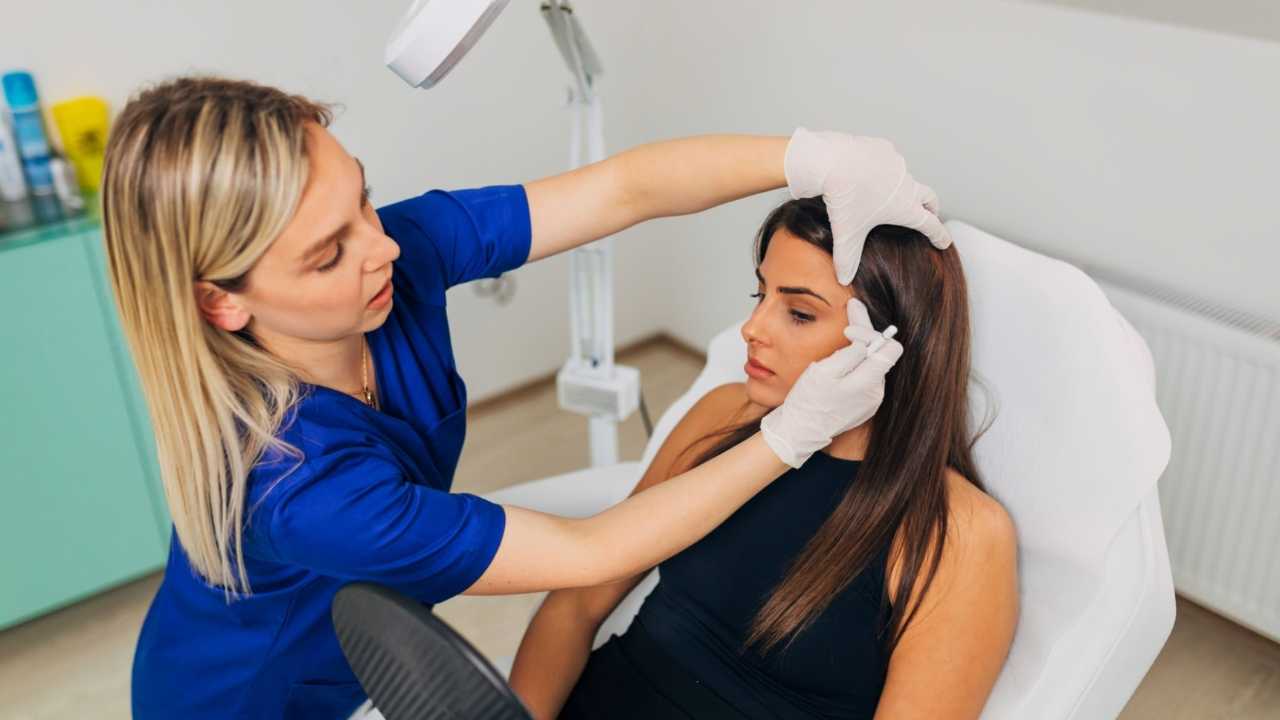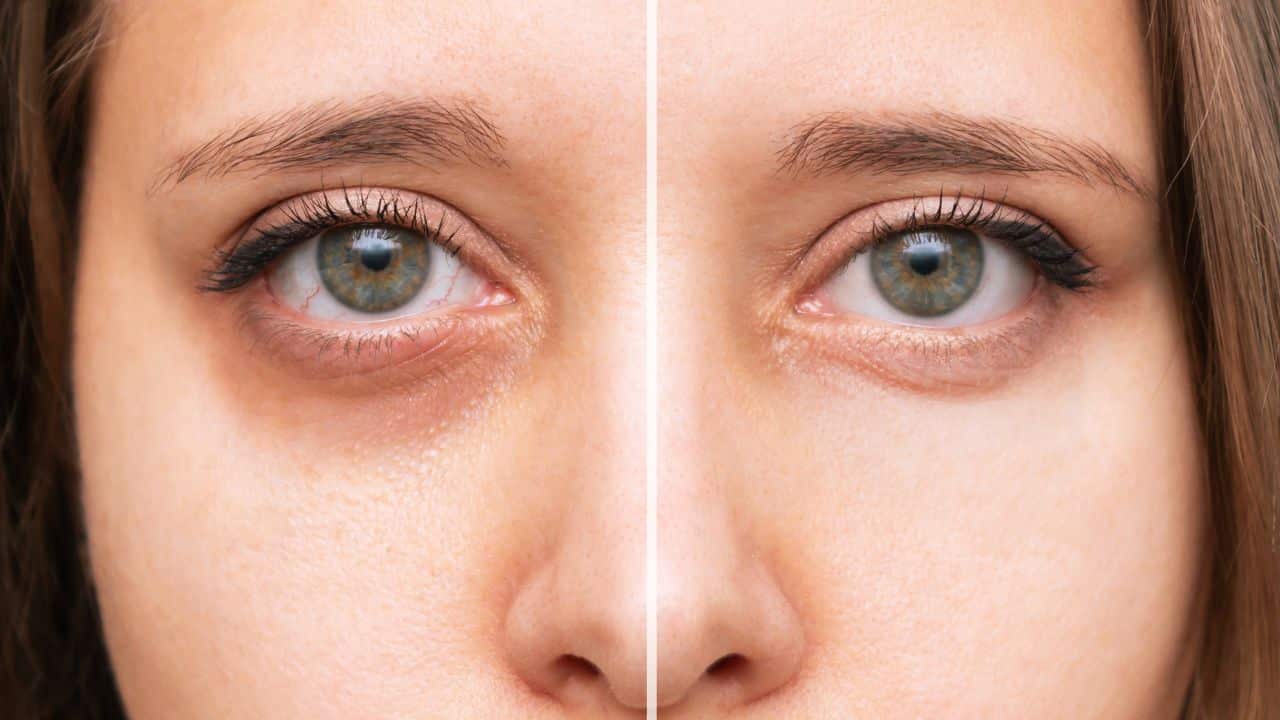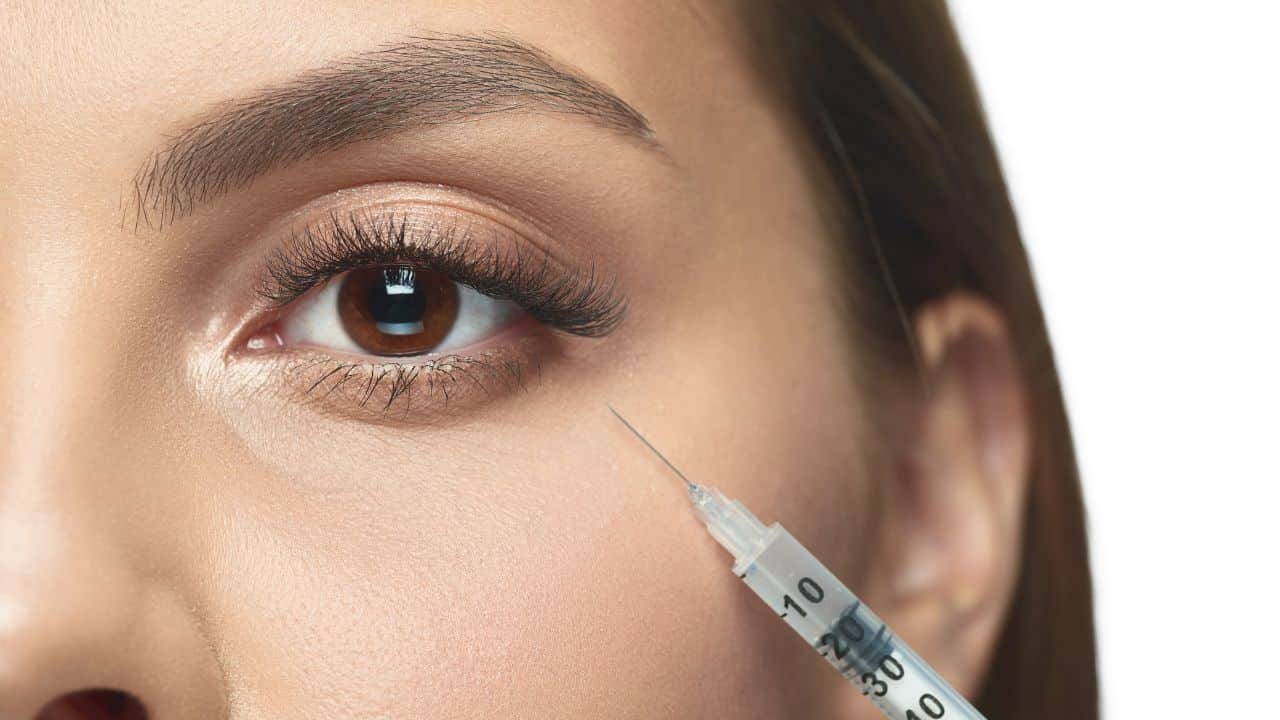PRP, or Platelet-Rich Plasma, has become famous for those seeking a natural, effective rejuvenation solution- skin renewal or hair growth. As a PRP specialist for over a decade, I’ve seen its transformative potential firsthand.
However, I’ve also heard the same concern voiced time and again: “Will the PRP procedure be painful?” It’s a valid question because PRP involves drawing blood and multiple injections. This concern about pain often keeps individuals from experiencing PRP’s remarkable benefits.
That’s why I’ve decided to address this head-on in this blog post. Drawing from my extensive experience, I’ll share practical strategies to make your PRP treatment journey as comfortable and pain-free as possible.
So, let’s delve into it without further ado.
Why Can PRP Procedures be Painful?
Understanding the procedure before discussing ways to reduce discomfort during PRP therapy is essential. Let’s delve into why PRP treatments might be painful.
The Procedure
PRP treatment involves two main steps. The first is a blood draw, similar to your experience during a routine blood test. The drawn blood is then placed in a centrifuge that separates the platelet-rich plasma from the rest of the blood components.
The second step involves injecting the prepared PRP into the treatment area. It’s this step that usually causes discomfort due to the use of multiple injections. The degree of discomfort can vary depending on the sensitivity of the treatment area, the number of injections, and individual pain tolerance.
Sensitivity of Treatment Areas
Certain body areas, like the scalp or face, are more sensitive than others due to a higher density of nerve endings. Even small injections can cause more discomfort in these areas than in other body parts.
Individual Pain Thresholds
Everyone has a different pain threshold, meaning what one person finds slightly uncomfortable, another might find quite painful. It’s a subjective experience, and it’s normal for people to react differently to the same treatment.
While PRP can cause some discomfort, the procedure’s benefits make it worth it for many. More importantly, there are effective ways to manage and reduce pain during and after PRP, which we’ll discuss in the upcoming sections.
What to Expect During PRP Procedure: Reducing Pain
A little preparation goes a long way, but knowing what to expect during the procedure and how we can help reduce discomfort can put your mind at ease even further. Let’s walk through it.
Use of Numbing Creams and Local Anesthesia
Before starting the PRP treatment, your healthcare provider will typically apply a numbing cream or use local anesthesia to minimize discomfort during the procedure. This is especially helpful for sensitive areas like the face or scalp. The type of anesthesia used will depend on your personal needs and the specific area being treated.
The PRP Injection Process: Step-by-Step
The PRP injection process begins once the treatment area is adequately numbed. While the thought of multiple injections might seem daunting, remember that these are usually very fine needles, and the process is quick.
Here’s what the process generally looks like:
- Blood Draw: This procedure part is similar to any standard blood draw. A small amount of blood is taken from your arm, which typically only causes minor discomfort.
- Preparation of PRP: The blood is then processed in a centrifuge to separate the platelet-rich plasma. During this time, you can relax before the injections begin.
- PRP Injections: The prepared PRP is carefully injected into the treatment area. Remember, the area has been numbed, so while you might feel some pressure or a slight pricking sensation, significant pain is generally not a concern.
Your comfort is paramount during this process. Your healthcare provider will check in frequently to ensure you feel okay throughout the procedure.

Expert Tips to Minimize Pain Before PRP Procedure
Preparation is vital when it comes to minimizing discomfort during your PRP treatment. Here are some steps you can take before your appointment to ensure a more comfortable experience.
Stay Well-Hydrated
Good hydration is essential for overall health and affects pain perception. Dehydration can make your skin more sensitive, potentially leading to more discomfort during the procedure. Make sure to drink plenty of fluids the day before and on the day of your treatment.
Ensure Good Health
Your body may be more sensitive to pain if you feel unwell or stressed. Schedule your PRP treatment for a day when you feel well-rested and relaxed.
Take Care of Your Skin
Keeping your skin healthy and moisturized can help reduce sensitivity during the procedure. If you have PRP on your face or scalp, use a mild cleanser and a good quality moisturizer before your treatment.
Mental Preparation and Relaxation Techniques
Knowing what to expect can reduce anxiety, which can help reduce perceived pain. Research the procedure and ask your provider any questions you may have. Practice relaxation techniques like deep breathing or meditation before your appointment to help calm your nerves.
Post-PRP Procedure: Pain Management Strategies
Even after the procedure is complete, there are strategies you can employ to manage any residual discomfort. Here’s what to expect and how you can ensure a smoother recovery.
Expected After-Effects of PRP Treatment
It’s common to experience minor discomfort, swelling, and redness after your PRP treatment. These are normal responses as your body starts the healing process. These symptoms typically subside within a few days.
Ice Packs: A Simple Solution

Applying an ice pack to the treated area can be a simple yet effective way to reduce swelling and discomfort. However, it’s important to wrap the ice pack in a cloth to avoid applying extreme cold directly to the skin.
Rest and Relaxation
Resting after your PRP treatment can aid your recovery. Avoid strenuous activity for the first 24 hours post-procedure and try to get a good night’s sleep.
Over-the-counter Pain Medication
If discomfort persists, over-the-counter pain medication such as acetaminophen can be used. However, avoiding anti-inflammatory drugs like ibuprofen is essential, as they can interfere with the healing response that PRP is designed to stimulate.
Taking Care of Your Skin
After PRP treatment, your skin may be more sensitive. Avoid using harsh products or exposing the treated area to extreme heat or cold for a few days post-treatment. Use a gentle cleanser and moisturizer, and protect your skin from the sun.
Role of Healthcare Providers in Pain Management During PRP
While there’s a lot you can do to minimize discomfort during PRP, your healthcare provider plays an equally crucial role in ensuring a pain-free experience. Here’s how:
Expertise and Skill
The expertise and skill of your healthcare provider are key to a smooth, less painful PRP procedure. An experienced practitioner can perform the injections efficiently and effectively, causing minimal discomfort.
Patient-Provider Communication
Good communication between you and your healthcare provider can significantly enhance your comfort. Let them know if you’re feeling anxious or uncomfortable at any stage. They can adjust their approach, provide reassurance, or take a break.
Tailored Pain Management Strategies
Every patient is unique, and a good healthcare provider will tailor pain management strategies to your specific needs. This could include using different numbing creams or adjusting the PRP injection technique.
Aftercare Advice
Your healthcare provider will advise and recommend aftercare to minimize discomfort and promote healing. Follow their advice closely for a more comfortable recovery.
Conclusion
While PRP treatment can cause some discomfort, there are numerous strategies to effectively manage and minimize pain before, during, and after the procedure. From being well-prepared to following post-treatment care, you have the power to ensure a comfortable treatment journey.
As a PRP specialist, I assure you that the remarkable benefits of PRP often outweigh the temporary discomfort. So, don’t let the fear of pain hold you back. Embrace PRP, embrace the change, and step forward confidently towards a rejuvenated, healthier self.





